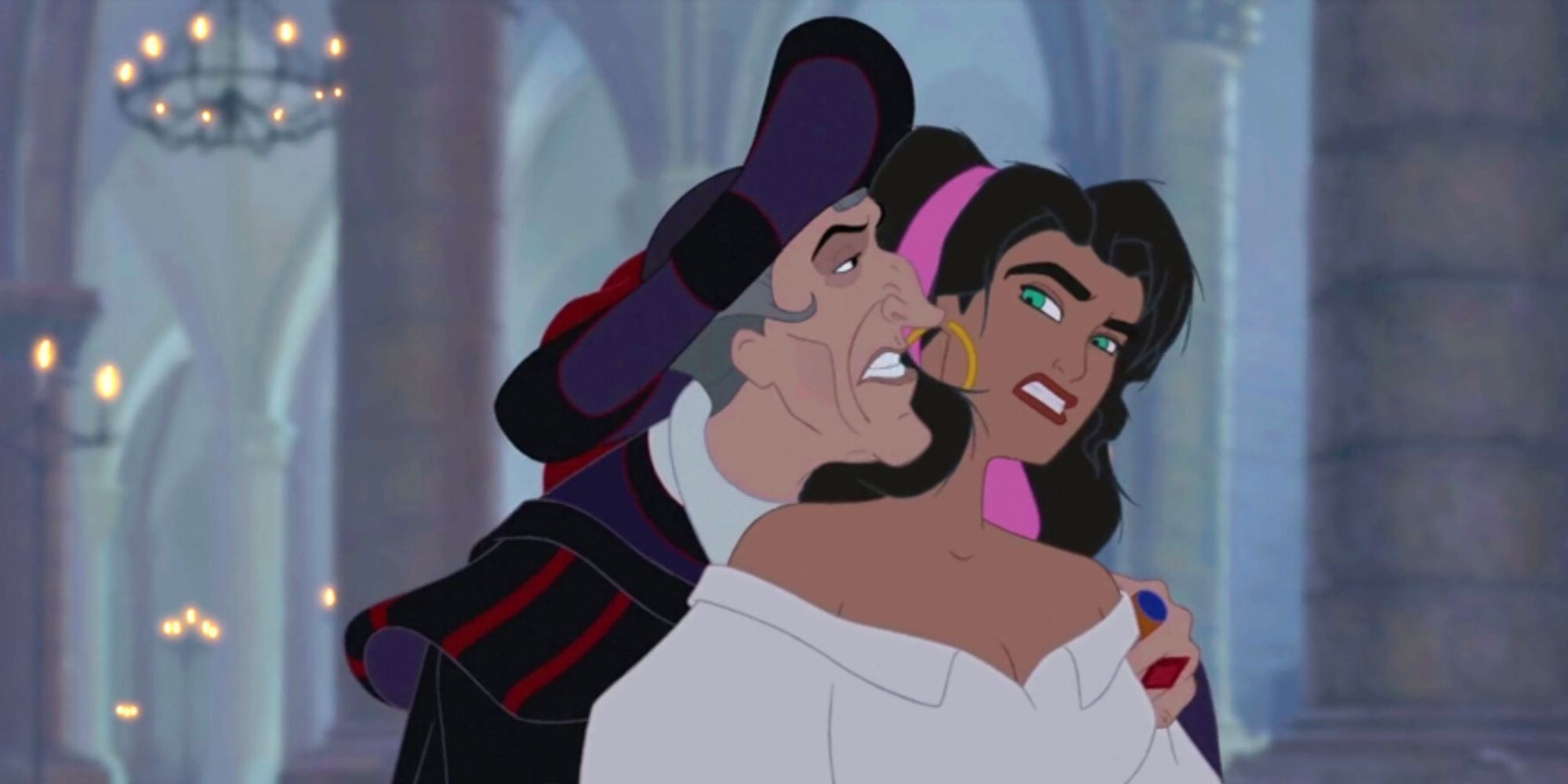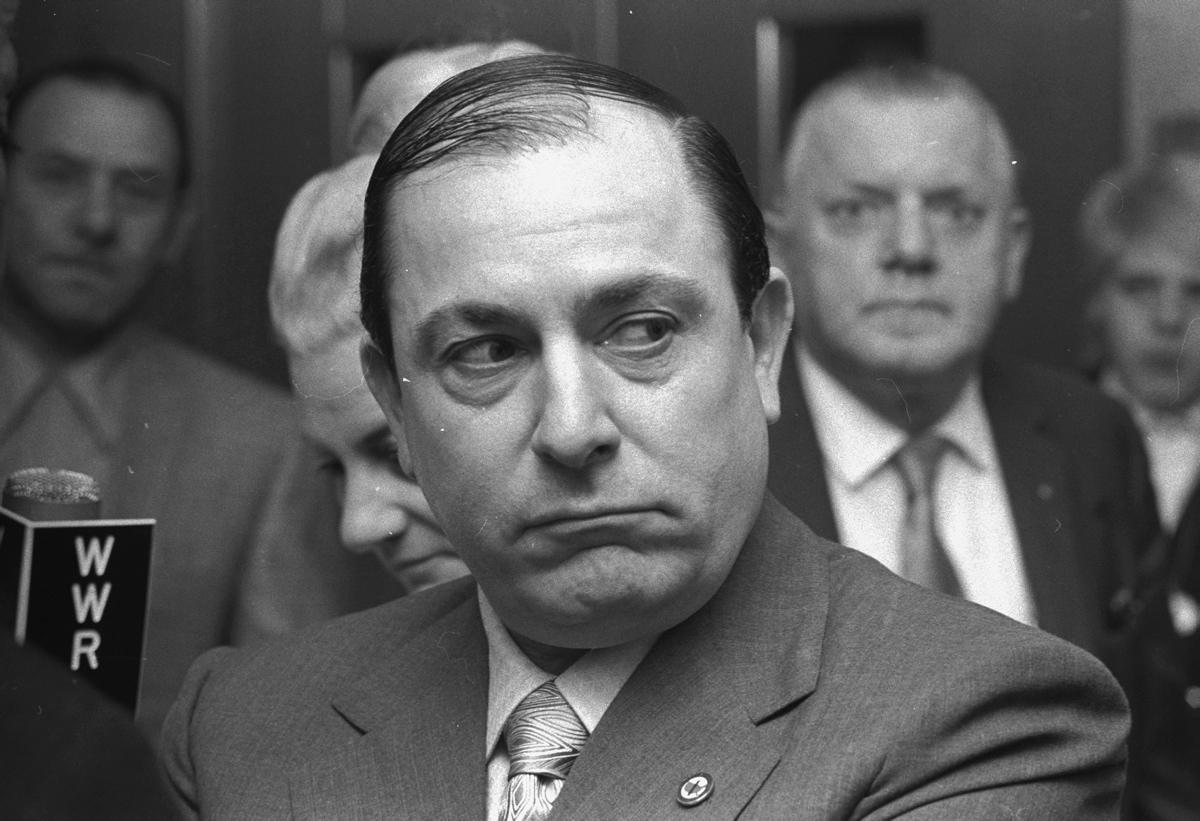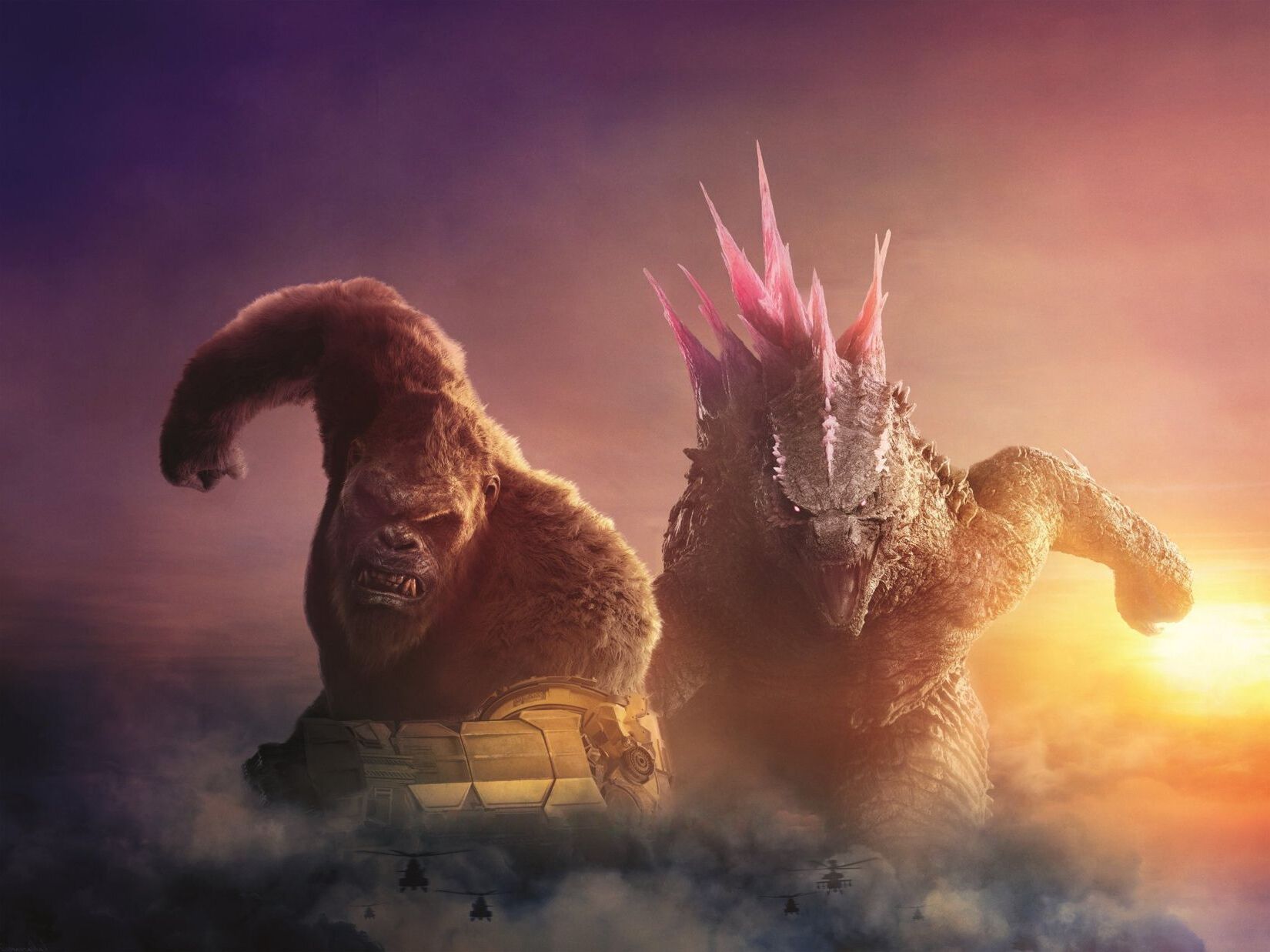
Did you know that many beloved Disney tales have dark origins? While Disney movies often bring joy and magic, their original stories are sometimes far from cheerful. These tales, passed down through generations, often contain grim details and unsettling themes. From Cinderella's gruesome stepsisters to the Little Mermaid's tragic fate, the original versions of these stories can be quite shocking. Why does Disney change these stories? The goal is to make them suitable for children, ensuring they are entertaining and educational. Curious about the real stories behind your favorite Disney movies? Let's dive into 35 surprising facts about these dark Disney origins.
Key Takeaways:
- Disney stories have dark origins, with original versions featuring gruesome plot twists, grim fates for characters, and unsettling endings. The real tales are much darker than the family-friendly Disney adaptations.
- Many original stories contain hidden symbolism and dark themes that Disney often overlooks, adding layers of complexity and darkness to the tales. The real-life inspirations also contribute to the dark origins of Disney stories.
Dark Origins of Disney Stories
Disney movies often bring joy and magic, but many of their stories have surprisingly dark origins. Here are some fascinating facts about the grim beginnings of these beloved tales.
-
Cinderella's Stepsisters: In the original Grimm Brothers' version, Cinderella's stepsisters cut off parts of their feet to fit into the glass slipper.
-
The Little Mermaid: Hans Christian Andersen's tale ends with the mermaid turning into sea foam after failing to win the prince's love.
-
Sleeping Beauty: In Giambattista Basile's version, Sleeping Beauty is not awakened by a kiss but by giving birth to twins after being assaulted in her sleep.
-
Snow White: The Grimm Brothers' story has the Evil Queen forced to dance in red-hot iron shoes until she dies.
-
Beauty and the Beast: The original story by Gabrielle-Suzanne Barbot de Villeneuve includes themes of arranged marriage and imprisonment.
Twisted Plot Twists
Disney often sanitizes the plot twists in their adaptations. Here are some of the darker twists from the original stories.
-
Pinocchio: Carlo Collodi's Pinocchio kills the talking cricket and is later hanged by bandits.
-
The Hunchback of Notre Dame: Victor Hugo's novel ends with Esmeralda being executed and Quasimodo dying of starvation beside her body.
-
Pocahontas: The real Pocahontas was kidnapped, converted to Christianity, and married off to an Englishman.
-
The Fox and the Hound: Daniel P. Mannix's book ends with the fox dying of exhaustion and the hound being shot by his owner.
-
Hercules: In Greek mythology, Hercules kills his wife and children in a fit of madness.
Grim Fates of Characters
Some characters meet much grimmer fates in the original stories compared to their Disney counterparts.
-
Rapunzel: In the Grimm Brothers' tale, Rapunzel's prince is blinded by thorns after falling from the tower.
-
The Frog Prince: In some versions, the princess throws the frog against a wall to break the spell.
-
Aladdin: The original story from "One Thousand and One Nights" includes themes of deceit and murder.
-
Mulan: The real Hua Mulan commits suicide to avoid being forced into a concubine's life.
-
Tarzan: Edgar Rice Burroughs' Tarzan deals with themes of racism and colonialism.
Dark Themes and Morals
Many of the original stories contain dark themes and morals that Disney chose to omit.
-
The Pied Piper: The Pied Piper leads the children of Hamelin to their deaths as revenge for not being paid.
-
Hansel and Gretel: The Grimm Brothers' story involves themes of cannibalism and child abandonment.
-
The Princess and the Frog: In some versions, the frog is decapitated to break the spell.
-
Peter Pan: J.M. Barrie's Peter Pan is a much darker character who kidnaps children and kills the Lost Boys when they grow up.
-
The Jungle Book: Rudyard Kipling's stories include themes of survival and the brutality of nature.
Unsettling Endings
Disney often changes the endings of stories to make them more family-friendly. Here are some unsettling original endings.
-
The Little Match Girl: Hans Christian Andersen's story ends with the girl freezing to death.
-
The Red Shoes: Andersen's tale has the girl cutting off her feet to stop the cursed shoes from dancing.
-
The Steadfast Tin Soldier: The soldier melts in a fire, and the ballerina he loves is blown away by the wind.
-
The Ugly Duckling: Andersen's story includes themes of bullying and self-worth.
-
The Snow Queen: The original story is much darker and more complex than Disney's "Frozen."
Hidden Symbolism
Many original stories contain hidden symbolism that Disney adaptations often overlook.
-
Alice in Wonderland: Lewis Carroll's story is filled with references to drug use and mental illness.
-
The Nutcracker: E.T.A. Hoffmann's story includes themes of war and violence.
-
The Sorcerer's Apprentice: Goethe's poem is a cautionary tale about the dangers of overreaching.
-
The Black Cauldron: Lloyd Alexander's series includes themes of death and sacrifice.
-
The Legend of Sleepy Hollow: Washington Irving's story is a dark tale of superstition and fear.
Real-Life Inspirations
Some Disney stories are based on real-life events or people, which adds a layer of darkness to their origins.
-
Robin Hood: The real Robin Hood was a violent outlaw, not a charming hero.
-
The Sword in the Stone: The legend of King Arthur includes themes of betrayal and tragedy.
-
The Three Little Pigs: The original story is a cautionary tale about the dangers of laziness.
-
The Bremen Town Musicians: The Grimm Brothers' story involves themes of aging and abandonment.
-
The Emperor's New Clothes: Hans Christian Andersen's tale is a satire on vanity and deception.
The Dark Side of Disney
Disney's enchanting tales often hide darker origins. Many beloved stories like Cinderella, Sleeping Beauty, and The Little Mermaid have roots in grim folklore. These original versions featured violence, betrayal, and tragedy. For instance, the Brothers Grimm version of Cinderella included stepsisters mutilating their feet to fit the glass slipper. Hans Christian Andersen's The Little Mermaid ended in heartbreak, not happily ever after.
Understanding these origins adds depth to our appreciation of Disney's adaptations. It shows how storytelling evolves, reflecting cultural shifts and societal values. While Disney's versions bring joy and hope, knowing the darker beginnings can make us see these tales in a new light.
Next time you watch a Disney classic, remember the complex history behind the magic. It’s a reminder that even the most charming stories can have a shadowy past.
Frequently Asked Questions
Was this page helpful?
Our commitment to delivering trustworthy and engaging content is at the heart of what we do. Each fact on our site is contributed by real users like you, bringing a wealth of diverse insights and information. To ensure the highest standards of accuracy and reliability, our dedicated editors meticulously review each submission. This process guarantees that the facts we share are not only fascinating but also credible. Trust in our commitment to quality and authenticity as you explore and learn with us.


